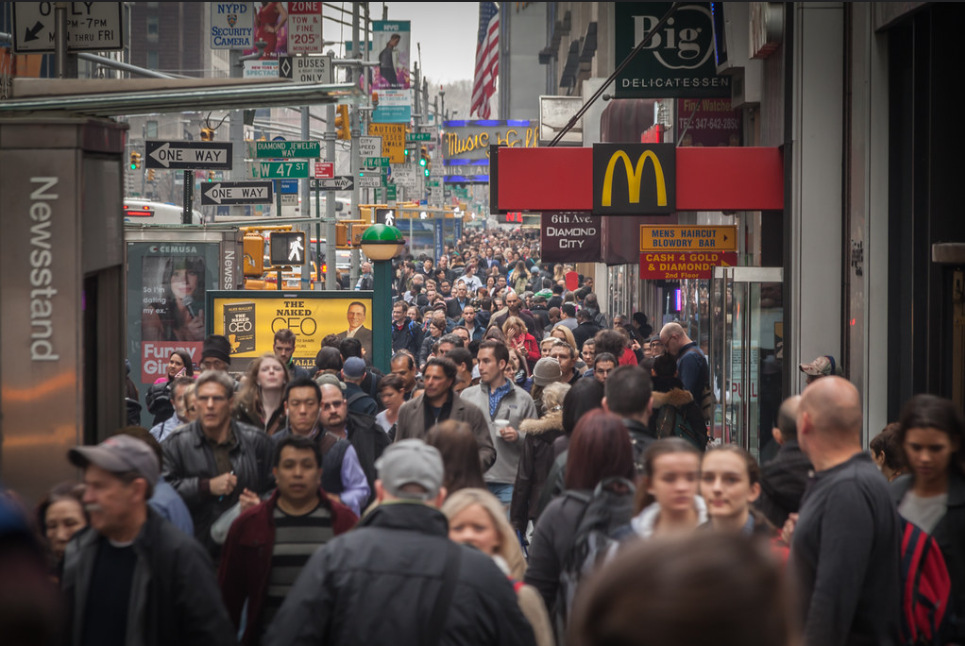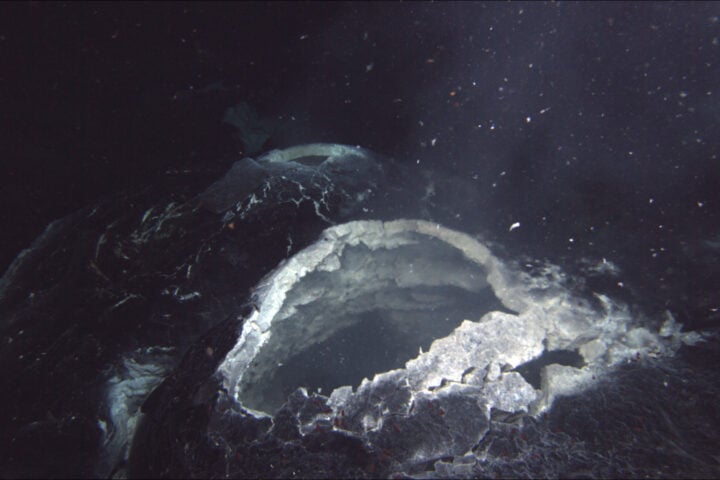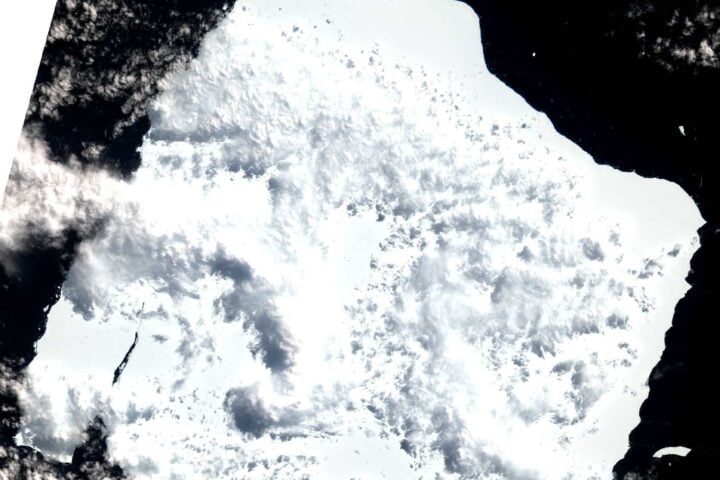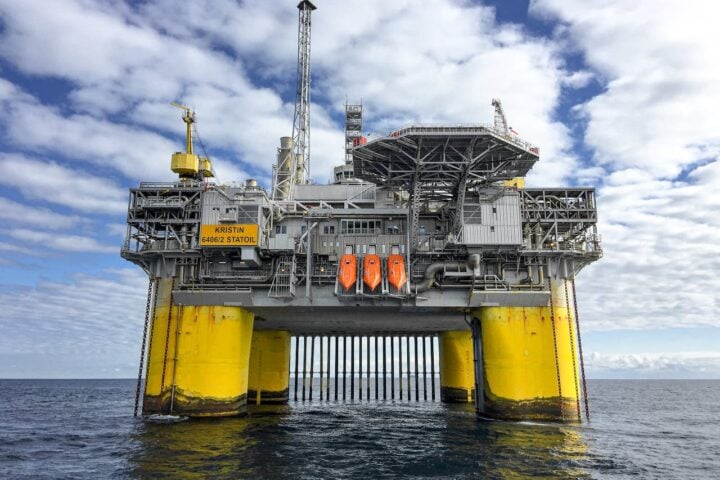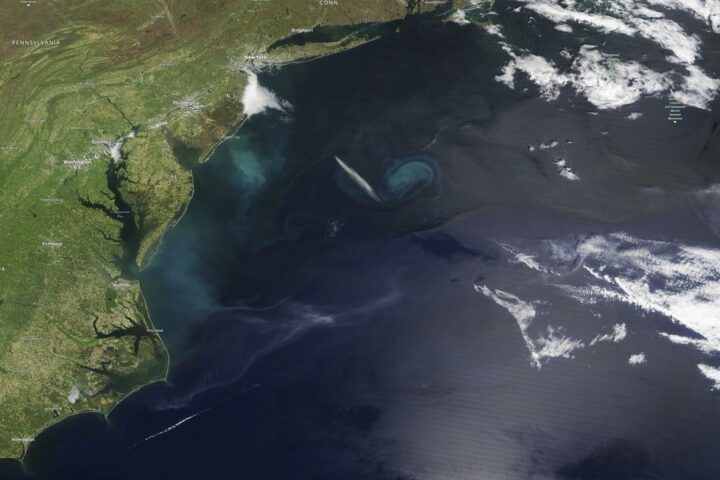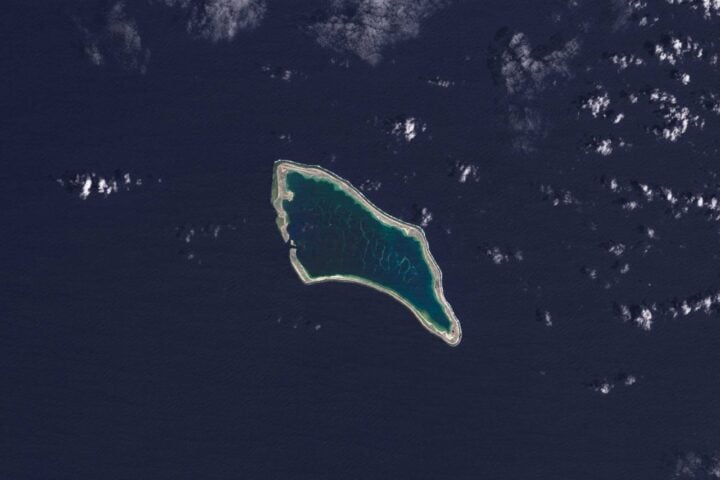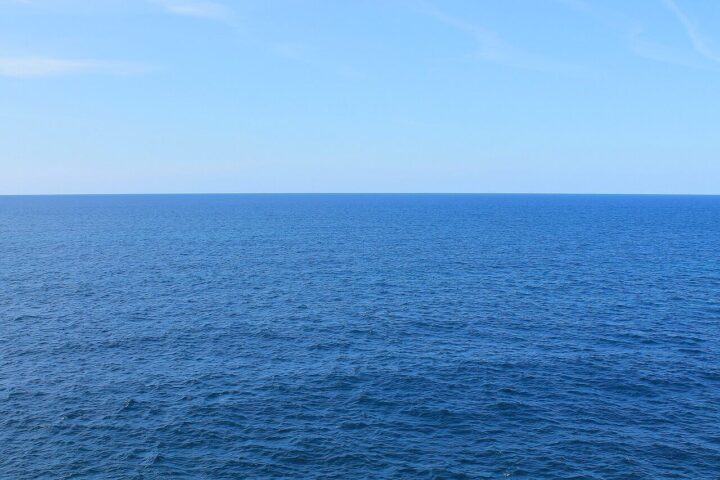With the rising threat of climate change, the ocean’s overturning circulation is also weakening significantly. Earlier, scientists estimated that this slowdown might weaken the ocean’s ability to reduce atmospheric carbon dioxide. However, it was also expected that this slower circulation would release back less carbon from the deep ocean balancing and reduce the carbon emission.
In a new study by the Massachusetts Institute of Technology (MIT), the researchers discovered contrasting results. Unveiling this weaker ocean circulation might result in higher carbon emissions than expected. bringing light over the ocean’s capacity to mitigate climate change. The reasons behind it are the surging carbon and nutrients, surface microorganisms, and a class of molecules known as “ligands.” When the ocean circulation slows down, these ligands undergo a self-perpetuating cycle, which eventually increases the amount of carbon that the ocean releases back into the atmosphere.
According to the press release, the author of the study, scientist Jonathan Lauderdale, stated, “By isolating the impact of this feedback, we see a fundamentally different relationship between ocean circulation and atmospheric carbon levels, with implications for the climate.” He also added, “What we thought was going on in the ocean is completely overturned.”
Similar Posts
Lauderdale’s research was based on a 2020 study over ocean nutrients and marine organisms specifically dealing with iron and its influence on phytoplankton growth. These are the tiny organisms residing on the ocean surface that play an important part in absorbing CO2. The research findings also revealed iron as an important ingredient for phytoplankton growth that becomes useful when bound to ligands, which is basically its byproduct. This complex triangle is responsible for maintaining carbon balance in the ocean and atmosphere.
In one statement it is stated that the slower ocean circulation, the less iron would be brought from the deep ocean to the surface, resulting in less phytoplankton and ligands. Without ligands, the iron would remain insoluble and untouched by phytoplankton. Creating an endless loop that eventually reduces their ability to absorb CO2 from the atmosphere.
“We must be proactive in cutting emissions now, rather than relying on these natural processes to buy us time to mitigate climate change,” says the author, calling for reevaluating existing climate models and strategies, warning that we can’t count on oceans to store more carbon looking at the current circulation patterns. According to the International Energy Agency, global greenhouse emissions have increased up to 37.4 billion tons in the last year. Lauderdale aims to highlight the urgent need to address the root concern behind this issue.
“Some climate models predict a 30 percent slowdown in the ocean circulation due to melting ice sheets, particularly around Antarctica. This huge slowdown in overturning circulation could actually be a big problem,” he pointed out, expressing his serious concern to tackle this greenhouse issue at the earliest stage possible.
As a concluding note, the MIT study highlighted the current dynamics of rising CO2 levels in the atmosphere and ocean as well as highlighting the immediate need for proactive measures to deal with the rising climate change issue.


